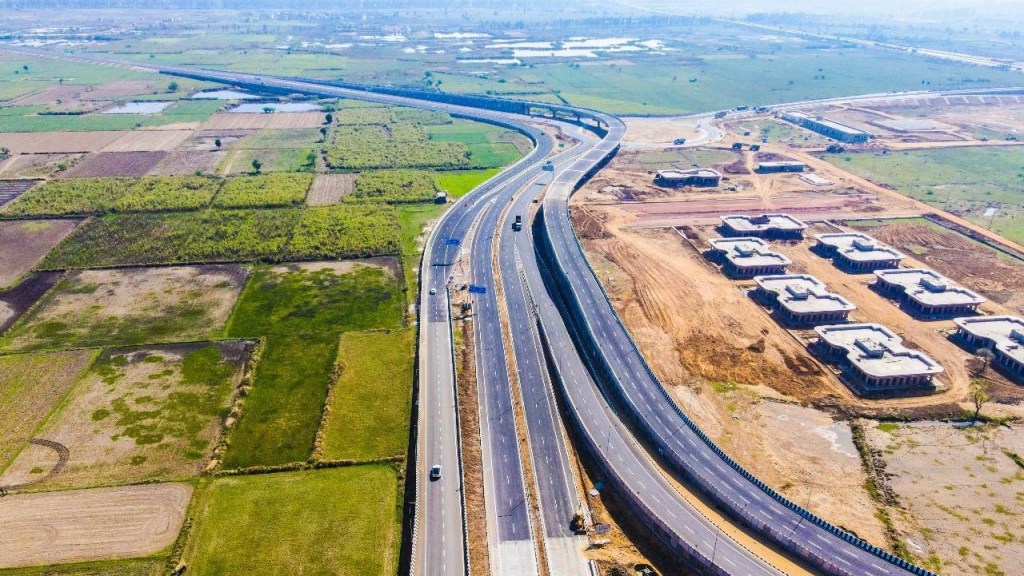India being a diverse geography, encompassing towering hills, expansive forests, and sprawling coastal areas, poses a unique challenge and opportunity for its road infrastructure. Navigating through the rugged terrains of the Himalayas, road networks become lifelines for people in far-flung areas by connecting remote communities and fostering economic activities.
Recognising the significance of these geographical nuances, India’s road infrastructure strives to strike a delicate balance, ensuring accessibility across varied landscapes.
ALSO READ
Budget 2024 Live Updates: Union Budget 2024 Live Streaming, FM Nirmala Sitharaman Budget 2024 Speech Live
Railway Budget 2024 Live Updates: Indian Rail Budget 2024 Live Streaming
Budget 2024 Income Tax Live Updates: Income Tax Slab Rate Change Budget 2024 Live Updates
Budget 2024 Stocks to Focus: Union Budget 2024 Impact on Share Market Today
Today, we explore how the nation’s roadways are a testament to India’s marquee ‘Bharatmala Pariyojana’ and how the initiative has performed as mentioned in the Union Budget 2021-22.
Bharatmala Pariyojana: Bridging critical infrastructure gaps
Launched in October 2017 with a primary focus on optimising the efficiency of the movement of goods and people across the country, phase-I of the Bharatmala Pariyojana focused on bridging critical infrastructure gaps through the development of 34,800 km of National Highways.
The Pariyojana emphasised a ‘corridor-based National Highway development’ to ensure infrastructure symmetry and consistent road user experience. The key components of the Pariyojana are economic corridor development, inter-corridor and feeder routes development, national corridor efficiency improvement, border, and international connectivity roads, coastal and port connectivity roads, and expressways.
The status of Bharatmala Pariyojana Phase 1 entails a total length of 34,800 km in 31 States & UTs and over 551 Districts. The length awarded is 27,384 km and the length constructed is 15,045 km.
As of November 2023, 26,418 km of road network was awarded for Rs. 8.53 lakh crore, of which 15,044 km has been completed till November last year.
Salient features
Salient features of the mega project focus on enhanced effectiveness of existing infrastructure, multi-modal integration, bridging infrastructure gaps for seamless movement, and integrating national and economic corridors.
Six key facets:
1) Economic Corridors: Encompassing the economic corridors facilitates larger connectedness between economically important production and consumption centers.
2) Inter-corridor and Feeder routes: These networks ensure first-mile and last-mile connectivity.
3) National Corridor Efficiency Improvement: The main focus of these corridors is to undertake lane expansion and decongestion of existing National Corridors.
4) Border and International connectivity roads: Better border road infrastructure would ensure greater manoeuvrability, while also boosting trade with neighbouring countries.
5) Coastal and Port connectivity roads: Port-led economic development is further boosted through connectivity to coastal areas, encouraging both tourism and industrial development.
6) Green-field Expressways: Expressways have higher traffic configuration and choke points would benefit from green-field expressways.
Some of the major projects completed under Bharatmala Pariyojana are the Eastern Peripheral Expressway, Delhi-Meerut Expressway, Narmada Bridge, Chenani – Nashri Tunnel, and the Dhaula-Sadia Bridge among others.

